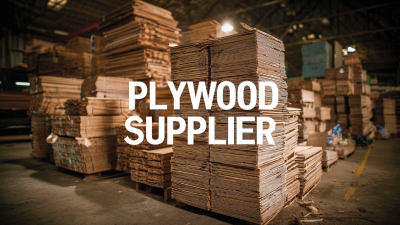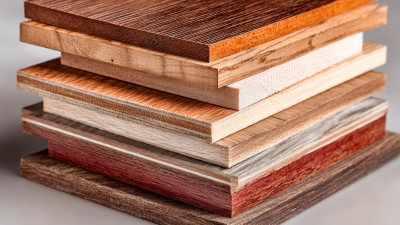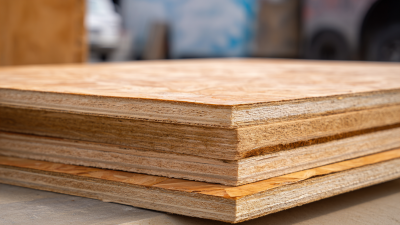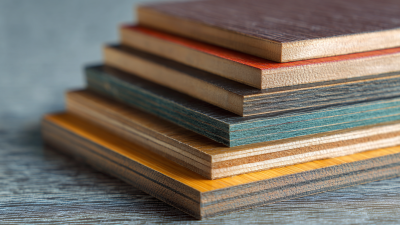When embarking on a new project, one of the most crucial decisions you will face is selecting the right materials, and premium plywood stands out as an exceptional choice. This high-quality wood product offers a remarkable balance of durability, aesthetic appeal, and versatility, making it suitable for a wide range of applications, from furniture and cabinetry to flooring and wall paneling. Understanding the various types of premium plywood available is essential to ensuring that your project not only meets aesthetic expectations but also adheres to necessary structural requirements. Whether it’s the rich grain of hardwood plywood or the stability of marine-grade options, being informed about the different types of premium plywood will empower you to make the best decisions tailored to your specific needs. In this guide, we will explore the key characteristics, benefits, and different types of premium plywood, equipping you with the knowledge to enhance your project and achieve outstanding results.
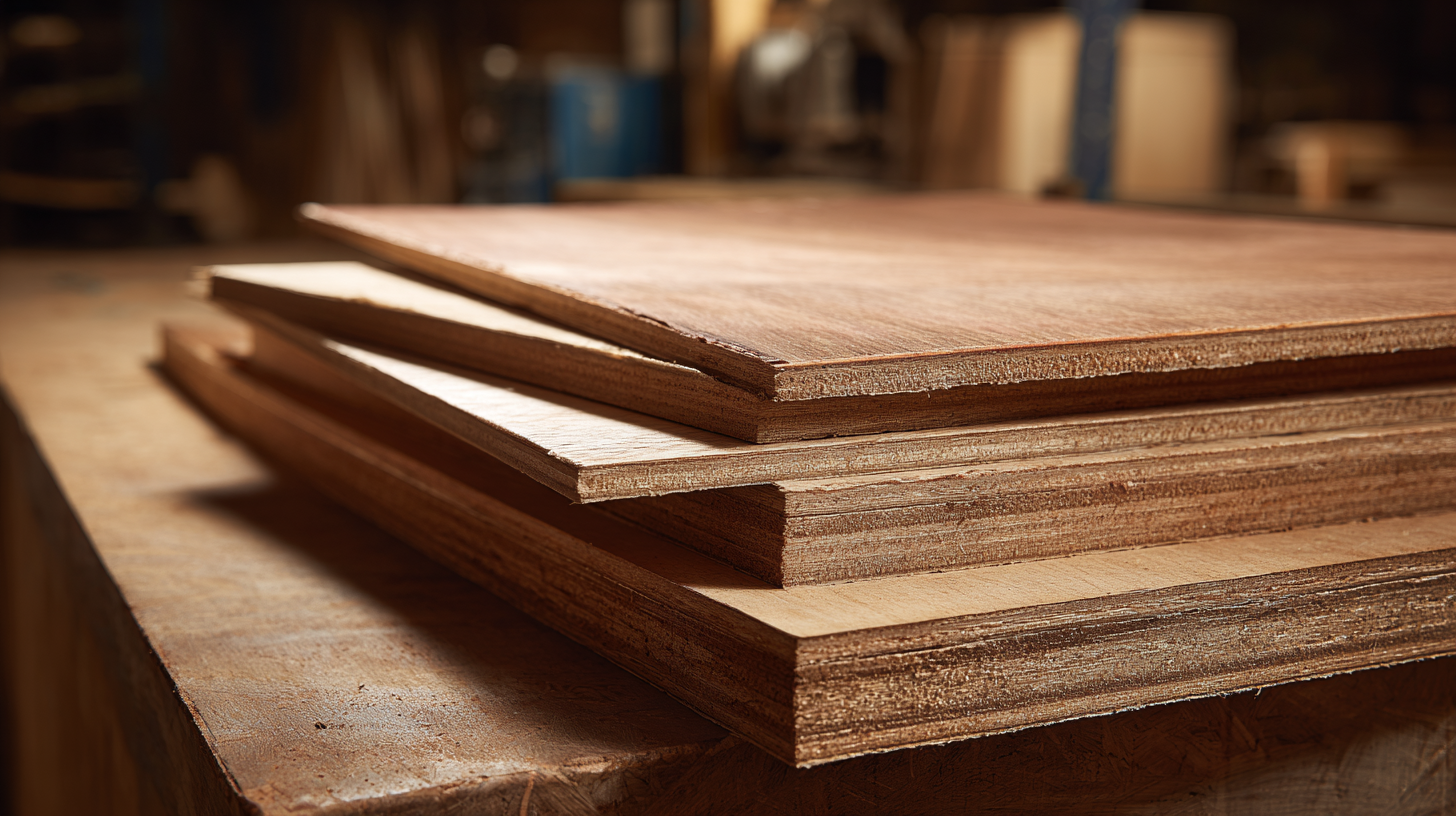
When selecting the right premium plywood for your project, understanding plywood grades is crucial. Plywood is typically graded from A to D based on the quality of the face and back veneers, with A offering the smoothest surface and D featuring more knots and imperfections. For instance, according to the APA – The Engineered Wood Association, Grade A plywood is ideal for fine finishing where beauty is paramount, while Grade C is often sufficient for structural applications where appearance matters less.
Tips: Always match the plywood grade with your project needs; for instance, use higher grades for visible surfaces and lower grades for hidden structures. The thickness of the plywood is equally important; thicker panels provide better durability and resistance to warping.
Also, consider the type of veneer. Hardwood plywood, usually made from species like oak or maple, provides a rich look and superior strength, making it suitable for furniture. On the other hand, softwood plywood, primarily used in construction, is generally less expensive and frequently used for subflooring and sheathing. Choose wisely based on your project's specific demands to ensure lasting results.
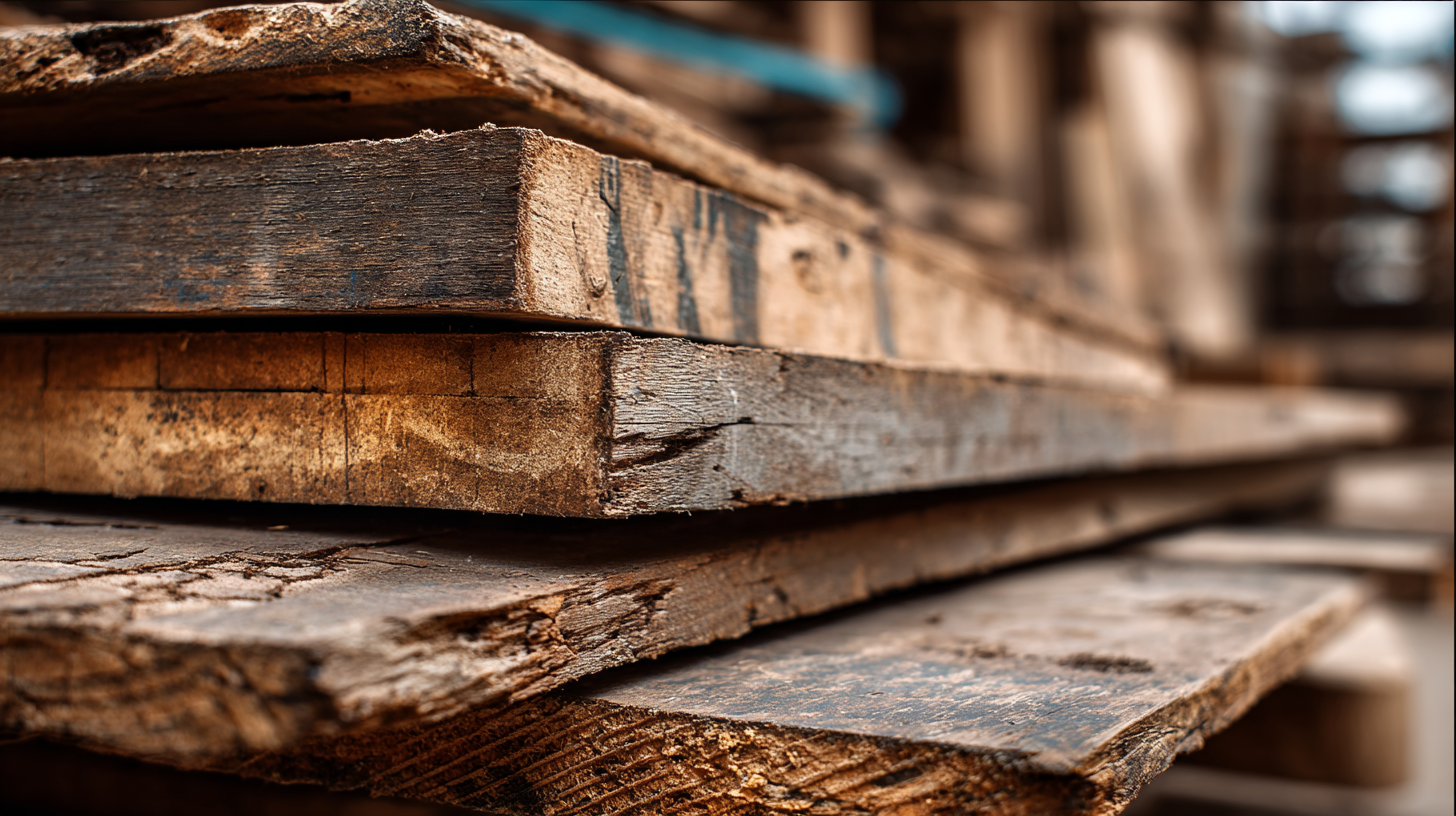
When selecting premium plywood for your next project, understanding its key characteristics—durability, stability, and aesthetics—is essential. Durability refers to how well the plywood withstands wear and tear over time. High-quality plywood is manufactured from robust wood species and features a higher number of veneer layers, which enhances its strength and resistance to impacts. This attribute is particularly vital for applications subjected to heavy loads or environmental stress, such as furniture or structural components.
Stability is another critical factor, as it determines how well the plywood maintains its shape and integrity when exposed to changes in humidity and temperature. Premium plywood typically undergoes advanced treatment processes, including moisture-resistant adhesives and surface treatments, ensuring that it resists warping and expansion. In addition to these functional characteristics, aesthetics play a significant role in choosing premium plywood. The wood grain, finish, and color variations can greatly affect the final look of your project. Selecting a type of plywood that complements the overall design can enhance the visual appeal, making it not only functional but also a beautiful addition to any space.
When selecting premium plywood for your project, understanding sourcing and certifications is crucial to ensuring quality and safety. The American Plywood Association (APA) emphasizes that plywood should adhere to industry standards such as the PS 1-09 for structural plywood and PS 1-07 for decorative panels. These standards provide a benchmark for performance and durability, ensuring that the material can withstand various environmental stresses.
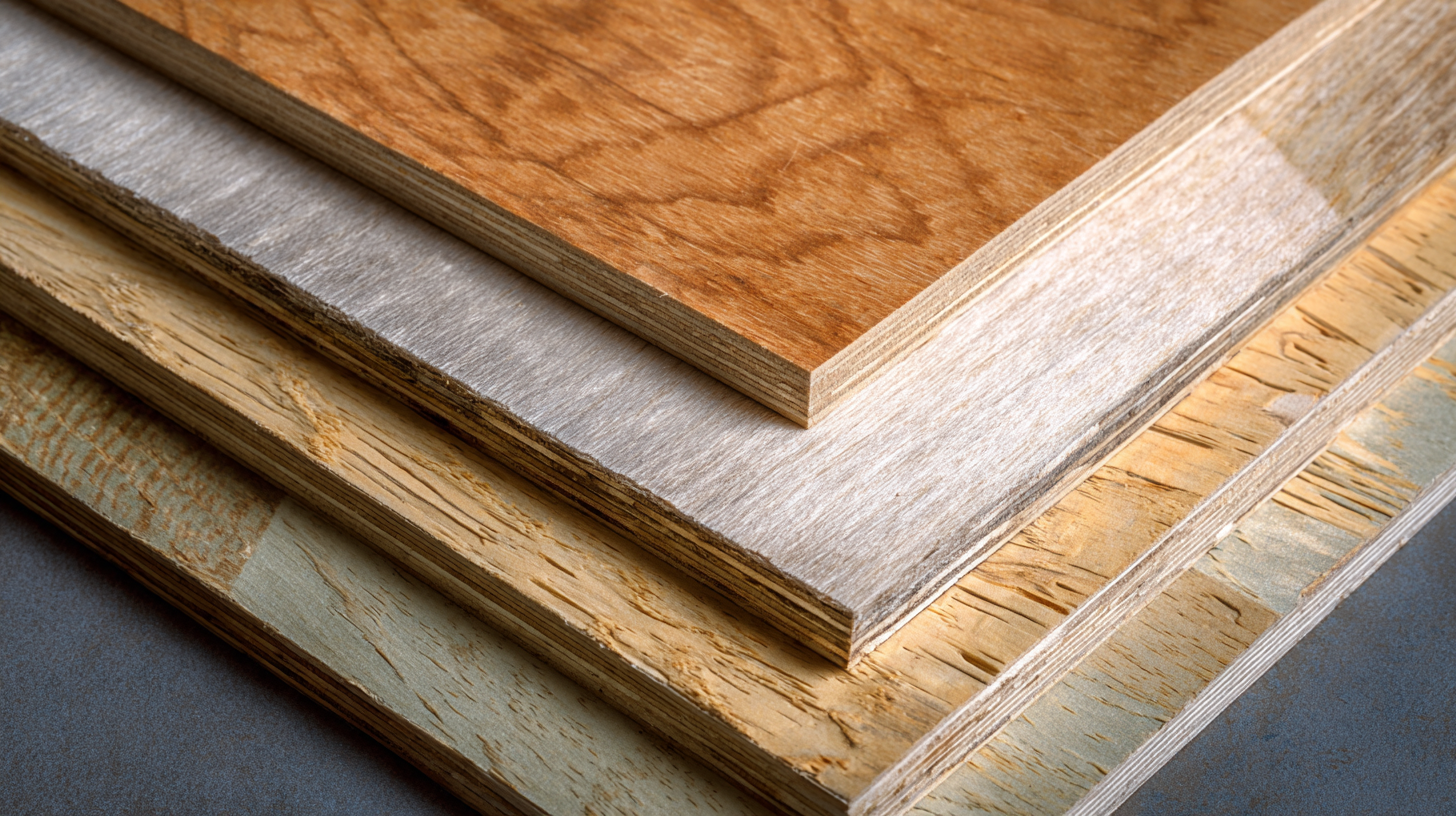
Certifications like the Forest Stewardship Council (FSC) label indicate that the plywood comes from responsibly managed forests. According to a 2022 report by the Wood Products Council, products bearing the FSC certification are becoming increasingly popular among consumers, with more than 80% of professionals considering these certifications as essential when specifying materials for their projects. Additionally, the Environmental Product Declaration (EPD) provides transparency on the environmental impacts of plywood manufacturing. This information supports architects and builders in making informed decisions, contributing to sustainable building practices and reducing the overall carbon footprint of their constructions.
When embarking on a project that requires premium plywood, a thorough cost-benefit analysis is essential. It’s important to balance quality with your budget to achieve the best outcome without overspending. Premium plywood offers durability and aesthetic appeal; however, prices can vary significantly based on factors like wood species and thickness. Assess the unique requirements of your project to determine how much you can invest without compromising on essentials.
Tips: First, research materials that offer optimal performance for your specific application. For instance, marine-grade plywood may be necessary for outdoor projects, while specialty veneers can enhance appearance without a hefty price tag. Secondly, explore local suppliers or wholesale options to find the best deals, which can help reduce costs while ensuring high-quality product selection.
Ultimately, investing in the right plywood can significantly affect the longevity and finish of your project. Prioritize critical aspects such as moisture resistance and structural integrity, and weigh these factors against your budget constraints. Conducting a comprehensive analysis will lead to informed decisions that will benefit your project in the long run.
When selecting premium plywood for a project, understanding the different species and their unique characteristics is crucial. Birch plywood, known for its strength and durability, is an excellent choice for furniture and cabinetry. Its fine grain and smooth surface make it ideal for staining and finishing, giving projects a polished look. Similarly, oak plywood is favored for its rich texture and resistance to wear, making it suitable for flooring and high-traffic areas.
On the other hand, if your project calls for resistance to moisture, marine-grade plywood is the go-to option. Often constructed from water-resistant adhesives and high-quality woods like Okoume or Douglas Fir, it excels in boat building and outdoor applications. For those seeking a cost-effective yet reliable choice, poplar plywood stands out as a versatile option that performs well in painting projects and lightweight furniture. By carefully considering the specific requirements of your application, you can choose the right premium plywood species that not only meets your standards but also enhances the longevity and aesthetics of your work.
| Plywood Type | Wood Species | Typical Uses | Thickness Options (inches) | Cost per 4x8 Sheet |
|---|---|---|---|---|
| Marine Plywood | Mahogany | Boat building, exterior use | 1/4, 1/2, 3/4 | $70 - $120 |
| Birch Plywood | Birch | Furniture, cabinetry | 1/4, 1/2, 3/4 | $50 - $85 |
| Black Walnut Plywood | Walnut | High-end furniture, veneers | 1/4, 1/2, 3/4 | $100 - $150 |
| OSB (Oriented Strand Board) | Mixed hardwoods | Construction, flooring | 1/2, 5/8, 3/4 | $30 - $60 |
| Maple Plywood | Soft Maple | Cabinet doors, shelving | 1/4, 1/2, 3/4 | $45 - $80 |
